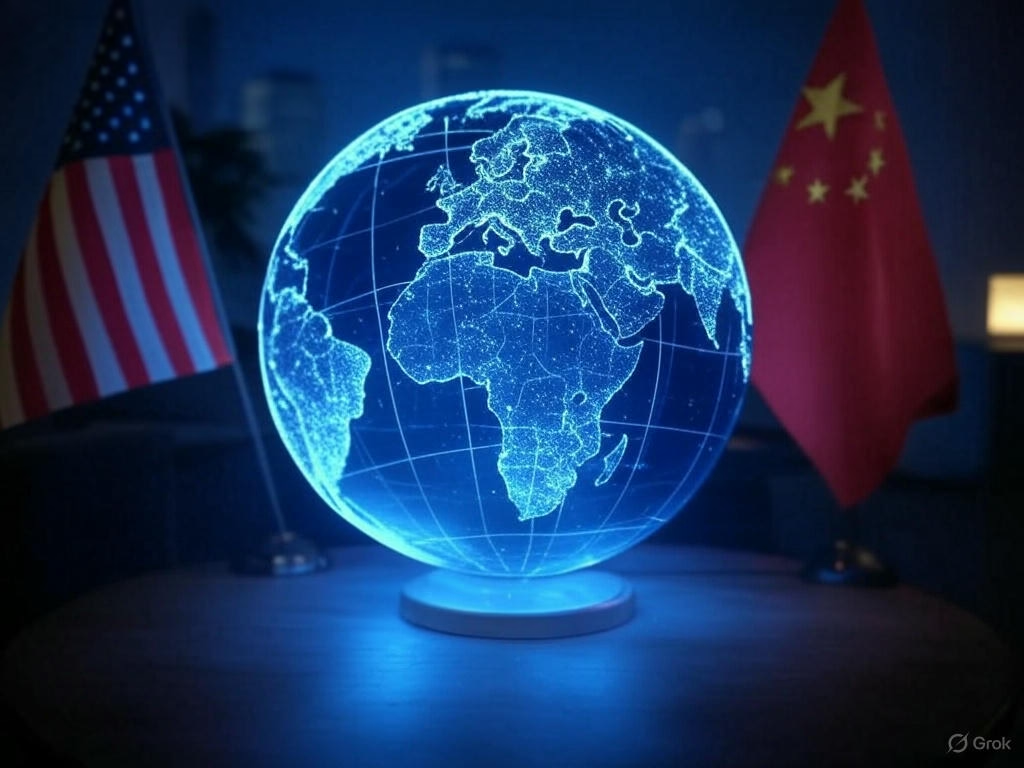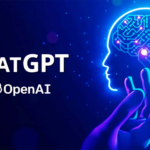Introduction
Imagine a world where the AI race between global superpowers hinges on just three months. According to Lee Kai-Fu, the visionary founder of 01.AI and a titan in the tech world, that’s exactly where we stand today—thanks to DeepSeek, a Chinese AI startup shaking up the industry. In this article, we’ll dive into how DeepSeek is closing the China-US AI gap, what this means for the future of technology, and why it’s a game-changer you can’t ignore.

What Is DeepSeek and Why Does It Matter?
The Rise of DeepSeek
DeepSeek, a Hangzhou-based AI startup launched in 2023 by hedge fund entrepreneur Liang Wenfeng, has quickly become a global sensation. Its latest open-source model, the R1, rivals top-tier US models like OpenAI’s ChatGPT—at a fraction of the cost. This breakthrough has sent shockwaves through Silicon Valley and beyond, proving that innovation doesn’t always need a billion-dollar budget.
Lee Kai-Fu’s Bold Claim
Lee Kai-Fu, a former Google China head and the CEO of 01.AI, recently told Reuters that China has narrowed the AI gap with the US to just three months in certain areas. He credits DeepSeek’s efficient use of chips and algorithms for this leap, signaling a shift in the global AI landscape. With decades of experience in AI and venture capital, Lee’s insights carry serious weight.
How DeepSeek Is Redefining AI Development
Efficiency Over Excess
Unlike US giants pouring billions into massive data centers, DeepSeek has taken a leaner approach. By optimizing existing hardware and refining algorithms, the startup has shown that smarter engineering can outpace brute-force spending. This efficiency has made advanced AI accessible to more players, leveling the playing field.
Open-Source Power
DeepSeek’s decision to release its models as open-source has sparked a frenzy of innovation. Developers worldwide can build on its technology for free, accelerating adoption and refinement. Lee calls this the moment “open-source has won,” challenging the high-cost, closed systems of companies like OpenAI.
- Cost Savings: DeepSeek’s R1 matches top models at half the price, per Baidu’s claims.
- Global Impact: Its accessibility has fueled a surge in AI applications, from gaming to legal tech.
- China’s Edge: Efficient resource use counters US chip export restrictions.
The China-US AI Race: A New Chapter
Closing the Gap
For years, the US led the AI race with breakthroughs like ChatGPT. But DeepSeek’s rise suggests China is catching up fast. Lee’s three-month estimate isn’t just hype—experts like Gregory Allen from CSIS note that China’s advances have made a multi-year US lead “unrealistic,” even with export controls.
Beyond Technology: Geopolitical Stakes
This isn’t just about algorithms; it’s about power. OpenAI’s Chris Lehane warns that China could use DeepSeek as a geopolitical tool, offering it to nations needing AI infrastructure. Meanwhile, the US has banned DeepSeek from government devices, citing security risks—a sign of escalating tensions.
What Does This Mean for the Future?
Innovation Unleashed
DeepSeek’s success could inspire a wave of cost-effective AI solutions worldwide. Startups and enterprises alike are already jumping on board—01.AI’s Wanzhi platform, for instance, helps companies deploy DeepSeek’s tech, projecting revenue growth from $15 million in 2024 to several times that in 2025.
Challenges Ahead
But it’s not all smooth sailing. Critics question DeepSeek’s long-term viability against well-funded US giants. Plus, concerns over data privacy and potential Chinese government influence linger, especially as competitors like Manus emerge with claims of full autonomy.
- Opportunity: Affordable AI could democratize tech innovation.
- Risk: Security and scalability issues could hinder global trust.
Lee Kai-Fu’s Vision: From Prediction to Reality
Lee’s 2018 book AI Superpowers predicted China would excel in engineering while the US led in breakthroughs. DeepSeek’s ascent vindicates that vision, proving China’s execution can rival American innovation. As he shifts 01.AI from model-building to practical solutions, Lee is betting big on this new era.
Compelling Conclusion
DeepSeek’s rise marks a pivotal moment in the AI race, shrinking the China-US gap to a mere three months and challenging the status quo. Whether it’s a wake-up call for the West or a triumph of ingenuity, one thing’s clear: the future of AI is more competitive—and exciting—than ever. What do you think—can the US hold its lead, or is China poised to take the crown? Drop your thoughts below or check out our related articles on AI trends!



